
Hidden Nullarbor Australian Geographic
Many of the caves containing Gigantopithecus fossils have been found in Guangxi's distinctive karst landscape.. the team of Chinese and Australian scientists took sediment samples from 22 caves.
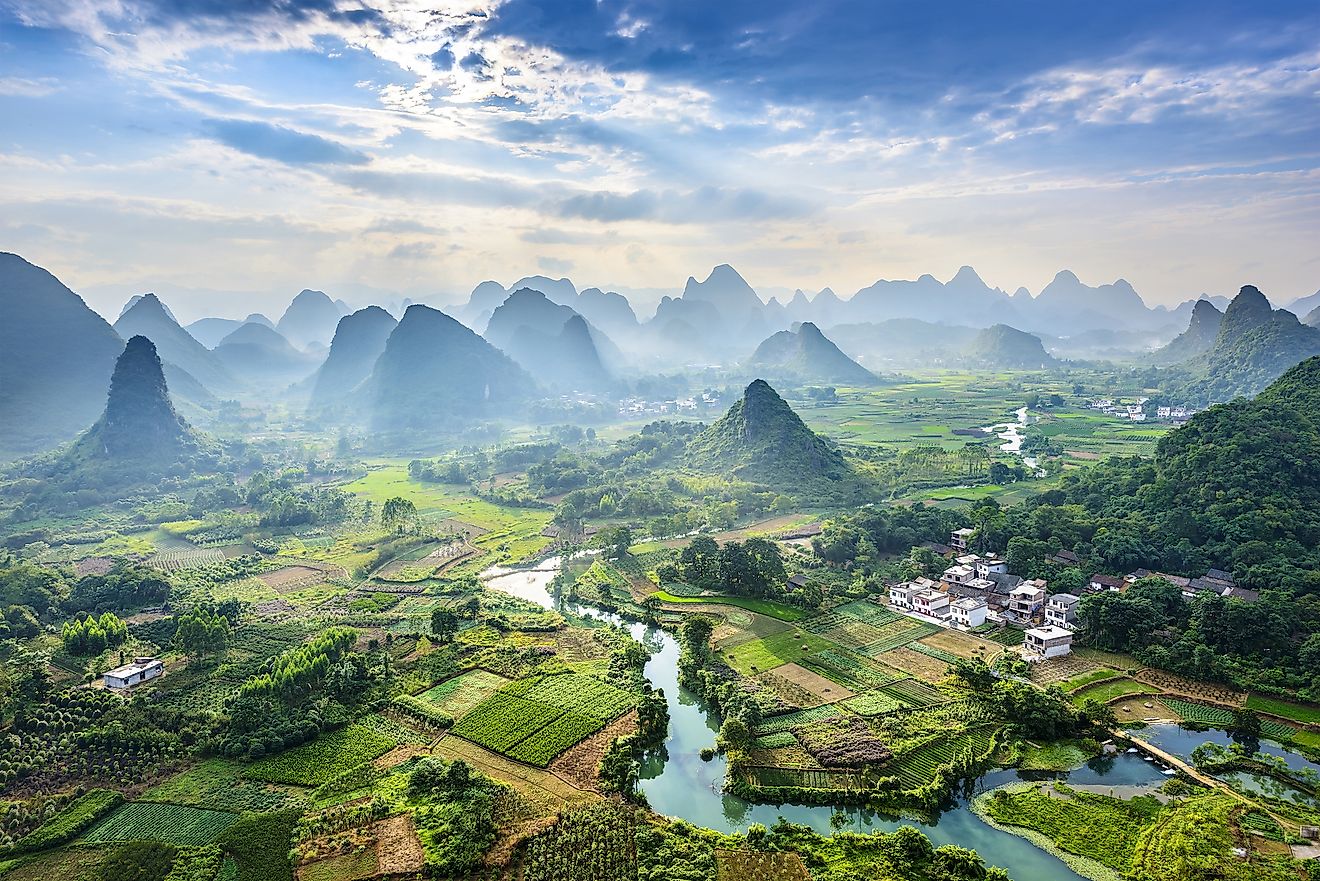
What Is Karst Topography? WorldAtlas
Karst topography is a geological formation shaped by the dissolution of a layer or layers of soluble bedrock, usually carbonate rock such as limestone or dolomite, but also in gypsum. It has also been documented for weathering-resistant rocks, such as quartzite, given the right conditions. This is an incomplete list of the major karst landscape areas of the world.
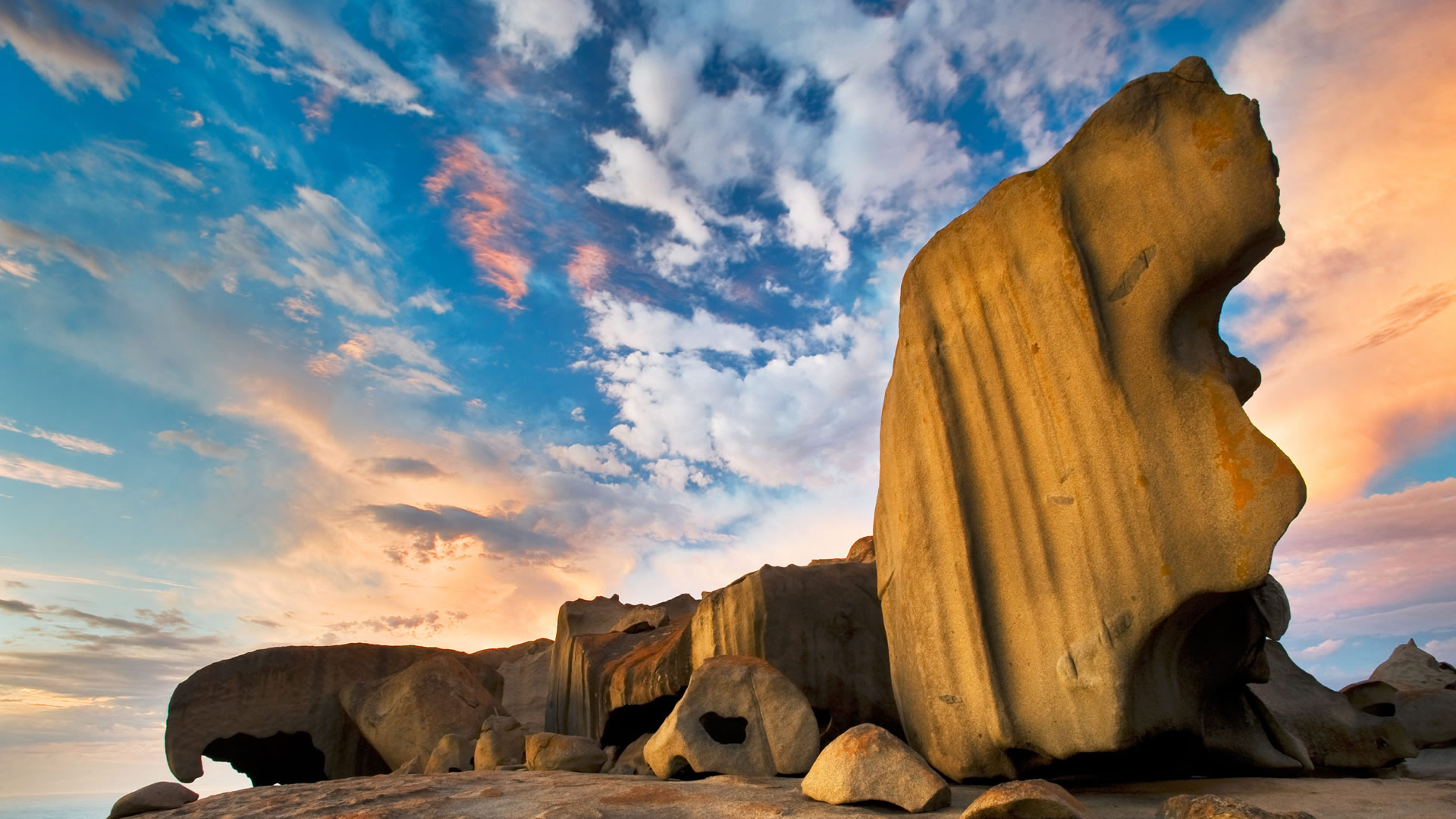
Remarkable Rocks Kangaroo Island Bing Wallpaper Download
Karst. Karst is a distinctive topography in which the landscape is largely shaped by the dissolution of carbonate bedrocks (usually limestone, dolomite, or marble). This geological process, occurring over many thousands of years, results in unusual surface and subsurface features ranging from sinkholes, vertical shafts, disappearing streams.

Borenore Karst Conservation Reserve NSW National Parks
Among the most distinctive and unique landscapes in the world are the tropical cockpit karst landscapes with their scenic topography of rounded peaks and steep-sided, star-shaped depressions. Jamaica is the type area for cockpit karst landscapes (Fig. 7.6). Sufficient widening of these depressions may create a lower-level plain from which the.

Karst Landscapes in China, Across the Continents Circle of Blue
Karst environments in New South Wales were among the earliest protected areas in the world. The Wombeyan Caves were reserved for the purposes of leisure and cave preservation in 1865, followed by the Jenolan Caves in 1866, both before the declaration of the world's first national park (Yellowstone) in 1872. We're responsible for over 40 karst.

Victoria Arch walking track NSW National Parks National parks, Cool places to visit, Fig tree
Karst is an area of land made up of limestone. Limestone, also known as chalk or calcium carbonate, is a soft rock that dissolves in water. As rainwater seeps into the rock, it slowly erodes. Karst landscapes can be worn away from the top or . dissolved from a weak point inside the rock.. Karst landscapes feature caves, underground streams and sinkholes on the surface.

Tropical Karst In Australia Stock Photo Download Image Now iStock
Karst in New South Wales has developed on Proterozoic to Permian limestones, and in Quaternary limestones on Lord Howe Island. Karst features seen today have been controlled by the geotectonic setting of the limestone, its topographic position, climatic regime, and in many areas a history of repeated episodes of karstification extending back at least to Devonian times.

21 Incredible Australian Caves BIG4
This low, wide entry passage sits below the Nullarbor Plain, the world's largest limestone karst landscape, which is tens of millions of years old. The Nullarbor - a dry, flat, 200,000sq.km savannah - stretches 1100km along the southern coast of Australia from Balladonia east of Norseman, WA, to north of Yalata in SA.

Wollindilly Cave, Wombeyan Karst Conservation Reserve, New South Wales, Australia Cave
Karst and caves form the backbone of many NSW national parks and give rise to some of their most spectacular scenery. Karst conservation areas are true living landscapes that bear witness to centuries of interplay between the forces of climate, geology and topology. One particularly notable NSW karst environment is Jenolan Caves in the Blue.

Jenolan Caves Karst Conservation Reserve Part of the Greater Blue Mountains Unesco Site
Karst landscapes feature sinkholes, springs and streams that sink into subsurface caverns.. Members of caving clubs affiliated with the Australian Speleological Federation are required to abide by a minimal impact caving code. Consider karst issues in the design and location of built structures (e.g. roads, sheds, houses, etc.)..
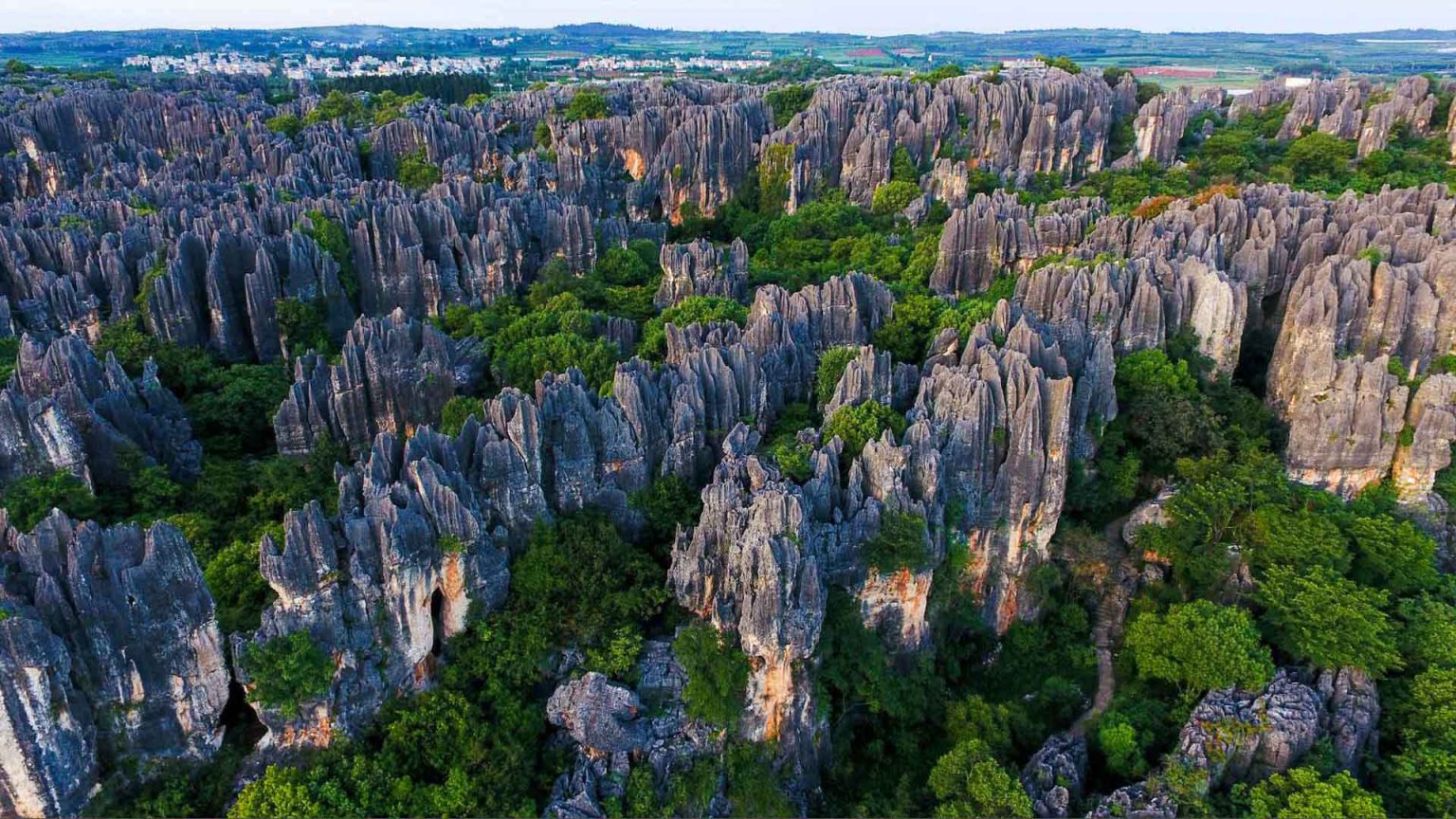
Shilin Karst IUGS
The figure below indicates the distribution of karst areas in Victoria. Most are small and have limited limestone outcrop, and the karst of the Portland Shire comprises one of the major karst landscapes in Victoria. For example, of the total known caves in Victoria (604), 127 are found in the Portland Shire. Limestone areas shown on geological.

Tsingy, UNESCO World Heritage Site, karst landscape with striking limestone formations, Stone
1 Introduction. Caves in Australia, like those elsewhere in the world, have long attracted humans for shelter, ceremony and recreation. Caves and karst landscapes have intrinsic worth not only for their visual aesthetics but also for their scientific and economic values. As well as their fragile and sensitive ecosystems, they contain.
Tsingy de Bemaraha, landscape Karst limestone formations, Madagascar. r/geology
Australia's caves were formed over millions of years, and exploring them is a journey to a hidden underworld that holds many wonders. But caves and karst landforms need our protection. They house complex ecosystems, critical habitat for plants, animals, and micro-organisms which, in many cases, cannot survive elsewhere. The biggest threat is overuse from tourism - which builds positive.
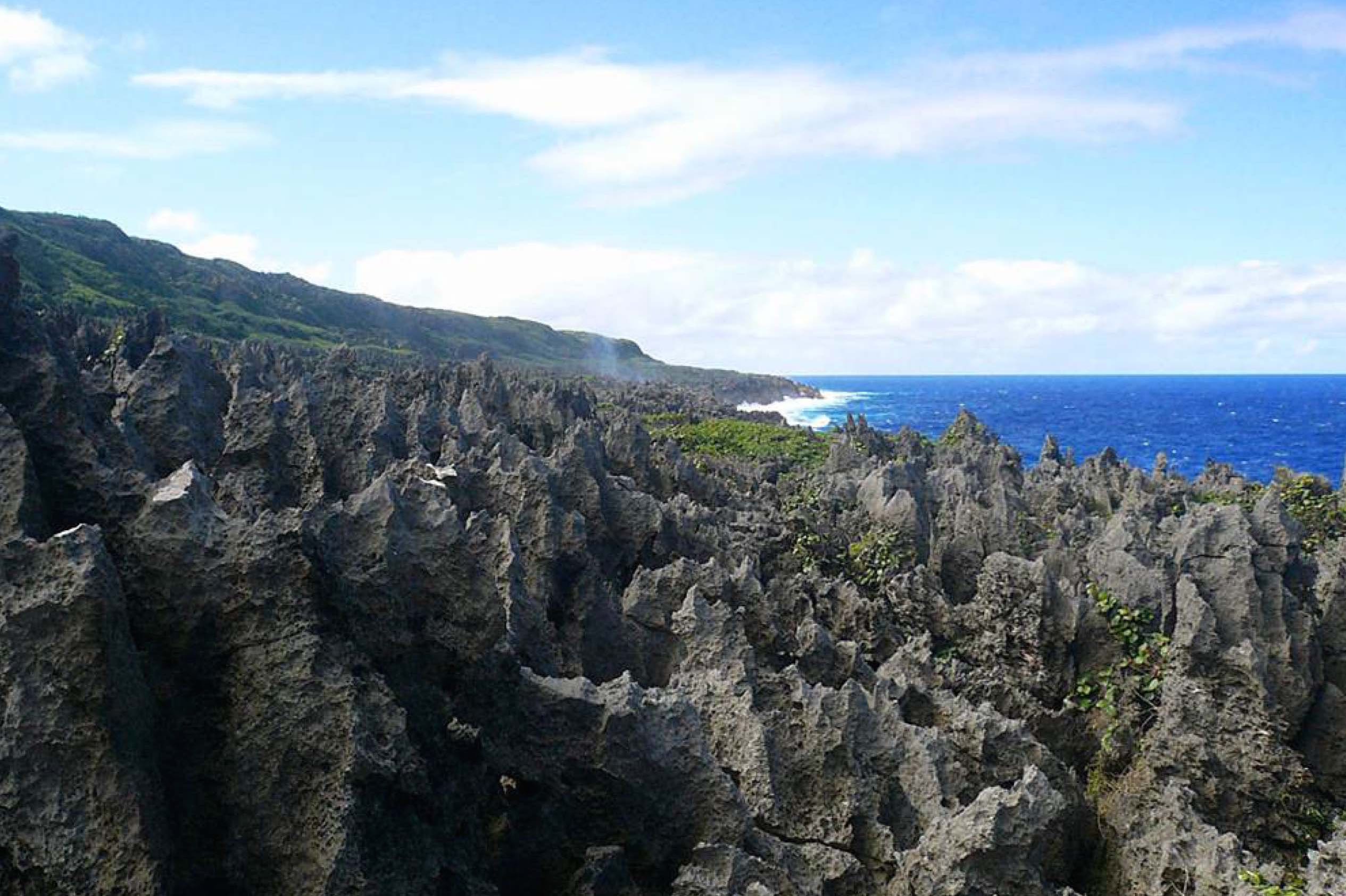
Karst Landscape Landforms
Karst ( / kɑːrst /) is a topography formed from the dissolution of soluble carbonate rocks such as limestone, dolomite, and gypsum. It is characterized by features like poljes above and drainage systems with sinkholes and caves underground. [1] [2] More weathering -resistant rocks, such as quartzite, can also occur, given the right conditions.

Pin on Western Australia Travel
The South-East Karst Province of South Australia is an extensive area of low relief with dolines, cenotes, uvalas, and a variety of cave types developed in the soft, porous, flat-lying Tertiary Gambier Limestone and also as syngenetic karst in the overlying calcarenite dunes of the Pleistocene Bridgewater Formation.
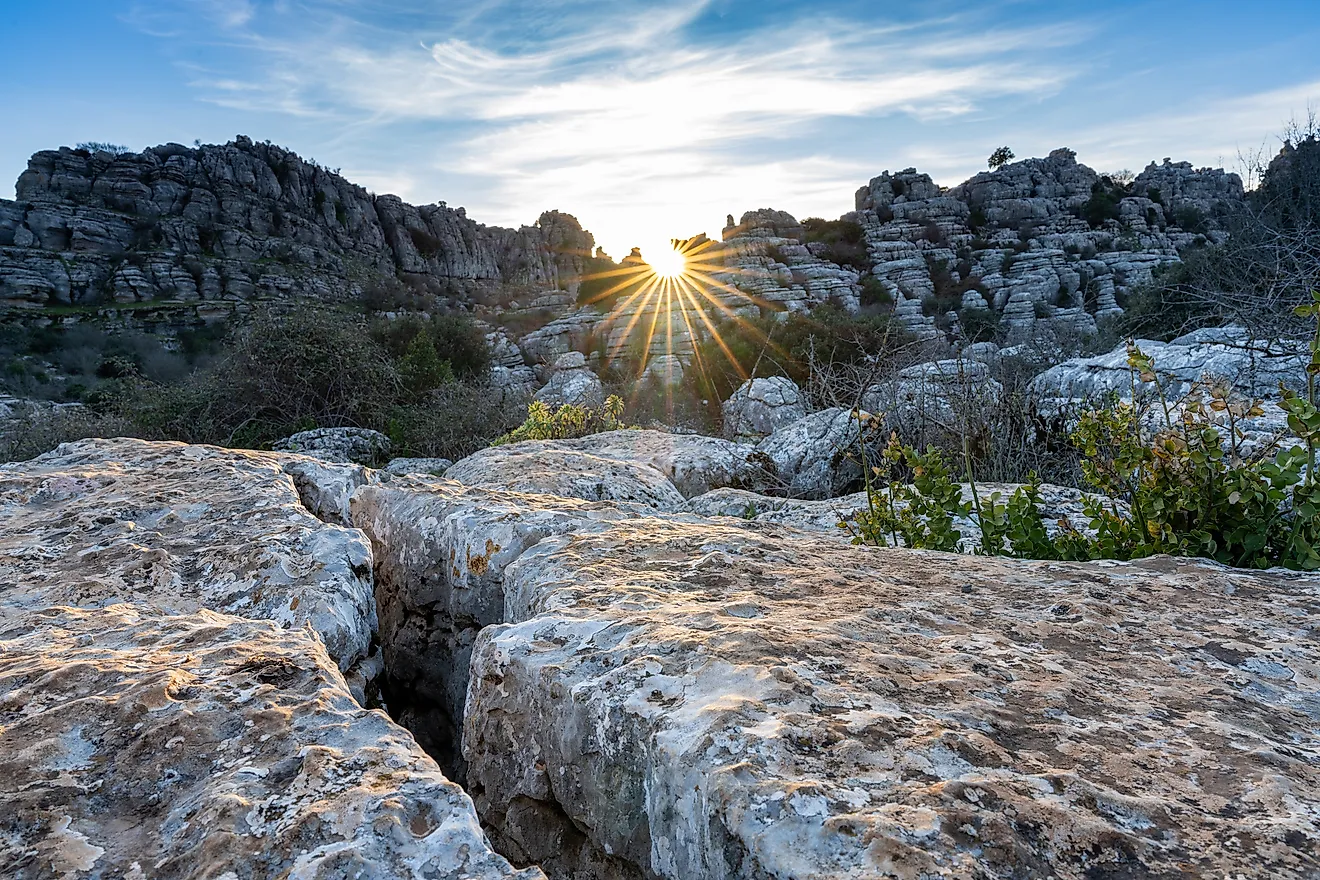
The Different Types Of Karst Landforms WorldAtlas
Karst sinkholes are naturally enclosed funnel-shaped depressions that are the prime diagnostic features of a karst landscape (Figure 12.2.8). These features can range in size from a few meters in diameter up to a kilometer or so in size. In European literature karst sinkholes are typically called 'dolines'.